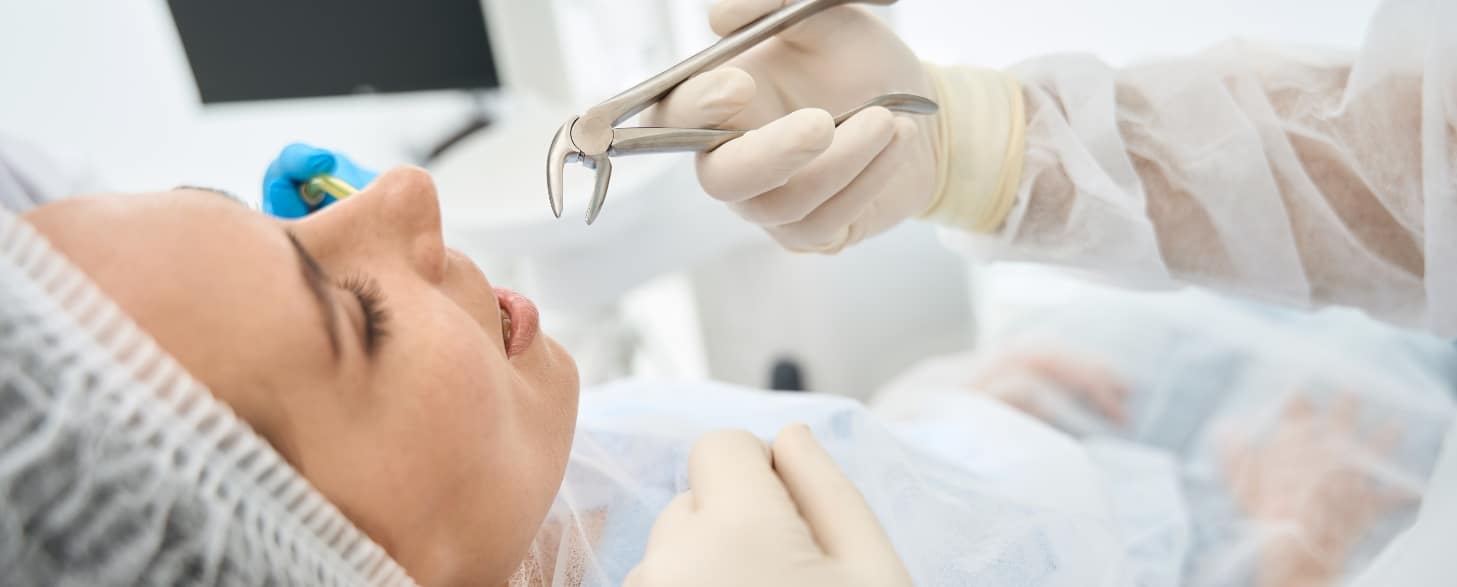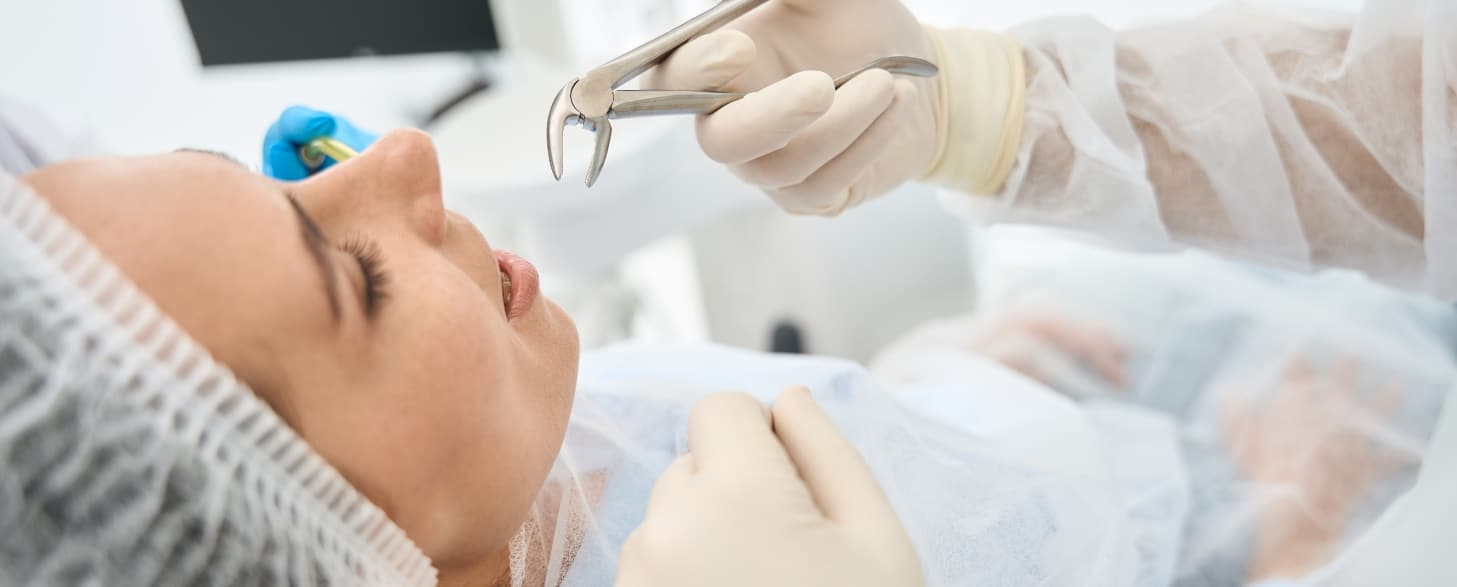Why Did I Get Stitches After Tooth Extraction
San Antonio, TX

When it comes to dental procedures like tooth extractions, patients may wonder why stitches are sometimes needed. Stitches, also known as sutures, play a crucial role in the healing process after tooth extraction. Understanding why they are used and how they benefit patients can help alleviate any concerns or uncertainties. In this blog post, we will explore the reasons behind the use of stitches after a tooth extraction, their benefits, and how they contribute to a smoother recovery process.
Why Stitches Are Used After Tooth Extraction
After a tooth extraction, stitches are often used to close the wound and promote healing. There are several reasons why stitches may be necessary:
Control Bleeding: Stitches help to control bleeding by closing off blood vessels in the extraction site. This can reduce the risk of excessive bleeding and promote clot formation.
Promote Healing: Stitches help to align the edges of the extraction site, allowing for faster and more efficient healing. They also help to keep the blood clot in place, which is essential for proper healing.
Reduce Infection Risk: Stitches help to close off the extraction site, reducing the risk of bacteria entering the wound and causing an infection.
Stabilize the Blood Clot: Stitches help to stabilize the blood clot that forms in the extraction site. This blood clot is crucial for the healing process, as it provides a protective barrier over the underlying bone and nerve endings.
Prevent Dry Socket: Stitches can help prevent the development of dry socket, a painful condition that can occur when the blood clot is dislodged from the extraction site prematurely.
Types of Stitches Used
Several types of stitches may be used after a tooth extraction, depending on the nature of the extraction and the patient’s needs. Some common types of stitches include:
Dissolvable Stitches: These stitches are designed to dissolve on their own over time, usually within a week or two. They do not need to be removed manually, which can make the healing process more convenient for patients.
Non-Dissolvable Stitches: These stitches need to be removed manually by a dentist or oral surgeon after a certain period, usually about a week or two. They are often used in cases where longer-term wound closure is needed.
Surgical Glue: In some cases, surgical glue may be used instead of stitches to close the extraction site. This can be a good option for patients who are allergic to traditional sutures or who prefer a suture-free healing process.
Benefits of Using Stitches After Tooth Extraction
The use of stitches after a tooth extraction offers a range of benefits that contribute to a smoother and more successful recovery process:
Improved Healing: Stitches help to align the edges of the extraction site, which promotes faster and more effective healing. By keeping the wound closed, stitches also reduce the risk of complications that can arise from open or exposed sockets.
Reduced Bleeding: Stitches help to control bleeding by closing off blood vessels in the extraction site. This can significantly reduce the amount of bleeding during and after the procedure, making it easier for the blood clot to form and stabilize.
Minimized Infection Risk: Stitches help to seal the extraction site, reducing the risk of bacteria entering the wound and causing an infection. By creating a barrier, stitches help to protect the underlying bone and tissues, allowing them to heal without interference.
Prevention of Dry Socket: Dry socket is a painful condition that can occur when the blood clot in the extraction site is dislodged prematurely. Stitches help to stabilize the blood clot, reducing the likelihood of dry sockets and promoting a smoother healing process.
Preservation of Bone and Tissues: Stitches help to ensure that the bone and tissues surrounding the extraction site remain undisturbed during the healing process. This can help to preserve the overall structure of the jaw and prevent complications that can arise from bone loss or tissue damage.
Stitches play a crucial role in the healing process after tooth extraction. They help to control bleeding, promote healing, reduce the risk of infection, and prevent complications such as dry sockets. Understanding why stitches are used and how they benefit patients can help alleviate any concerns or uncertainties about the tooth extraction process. If you have any questions or concerns about stitches after a tooth extraction, be sure to discuss them with your dentist or oral surgeon.





